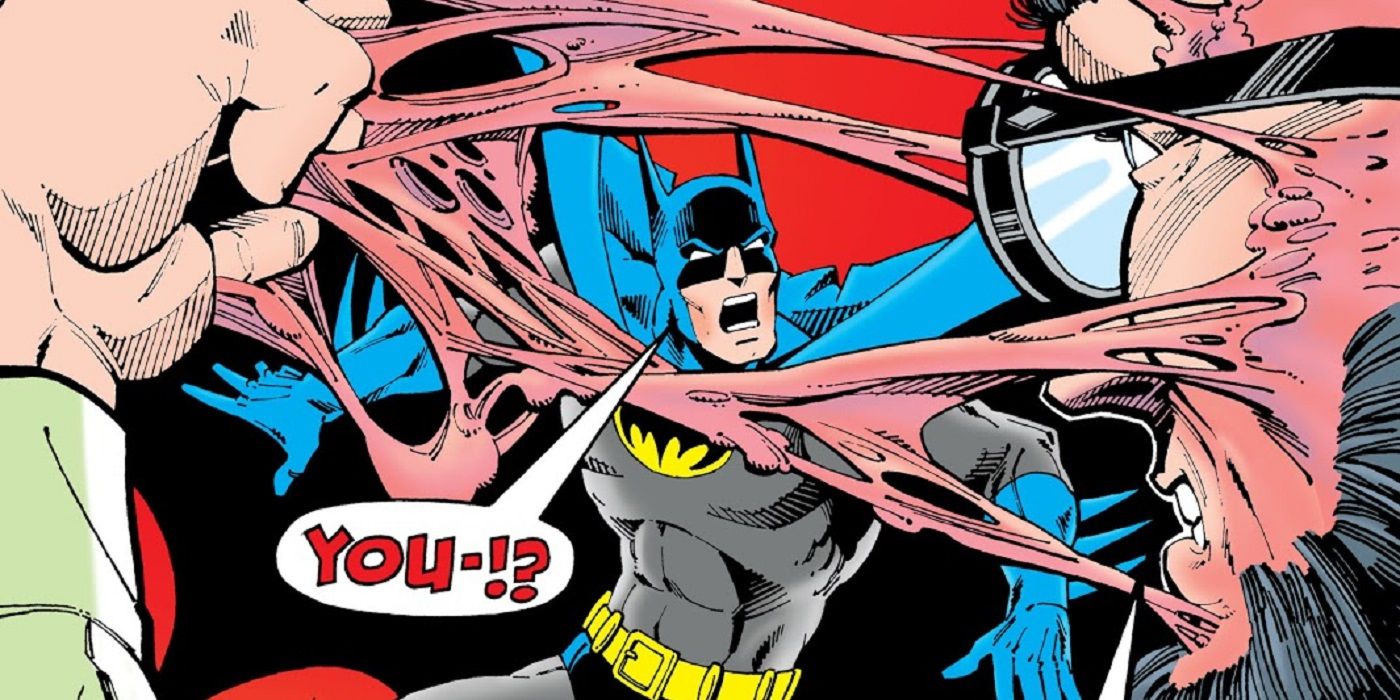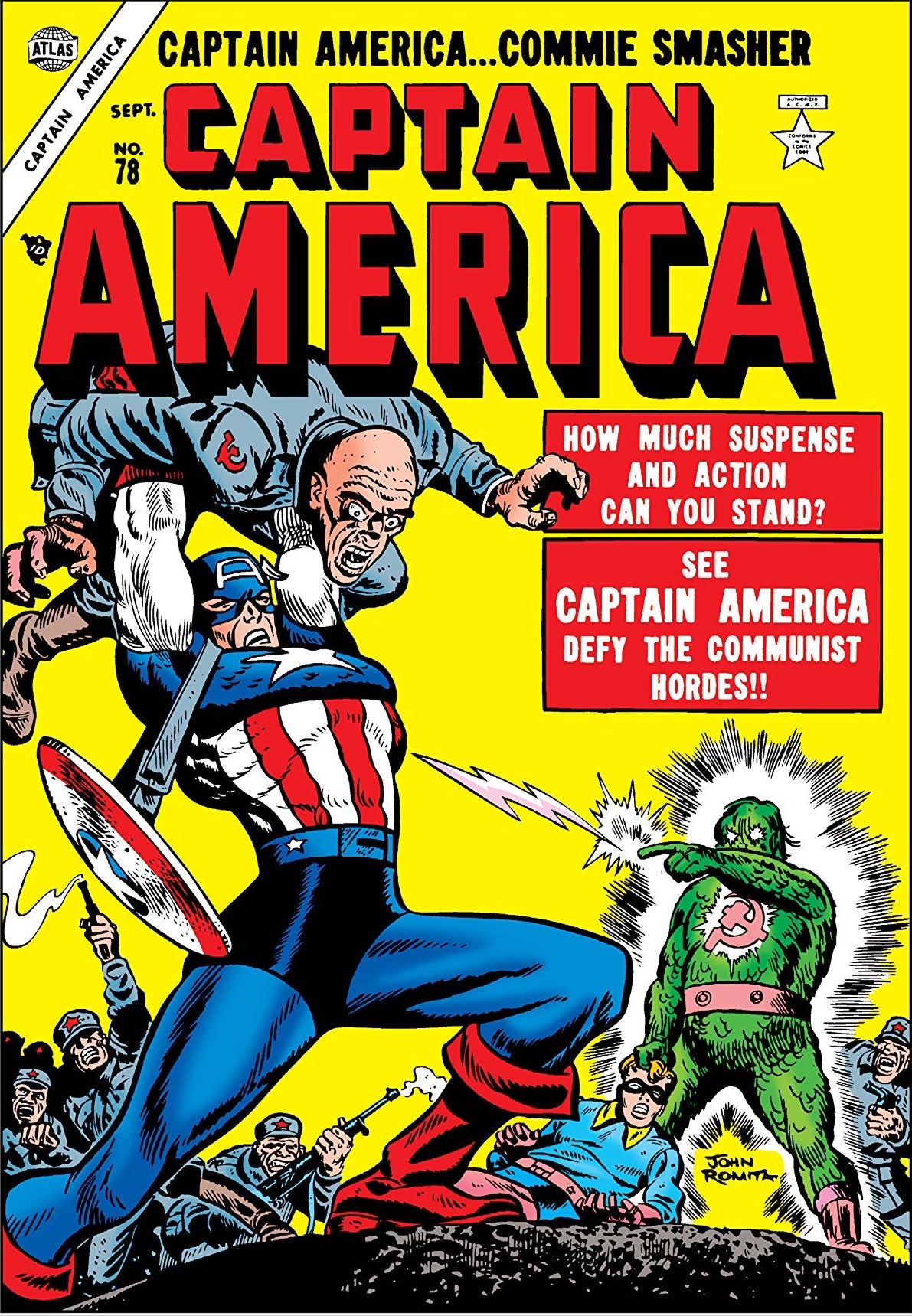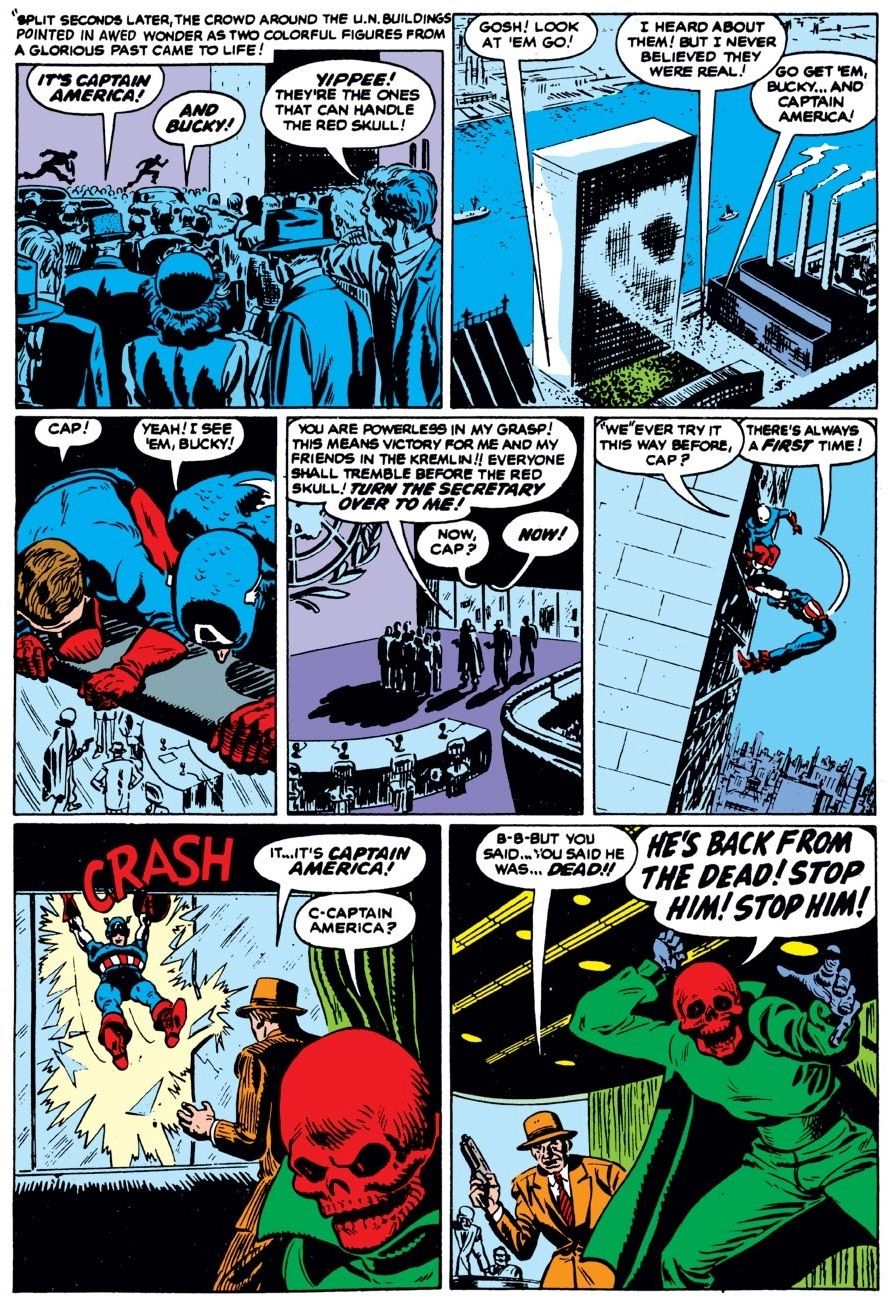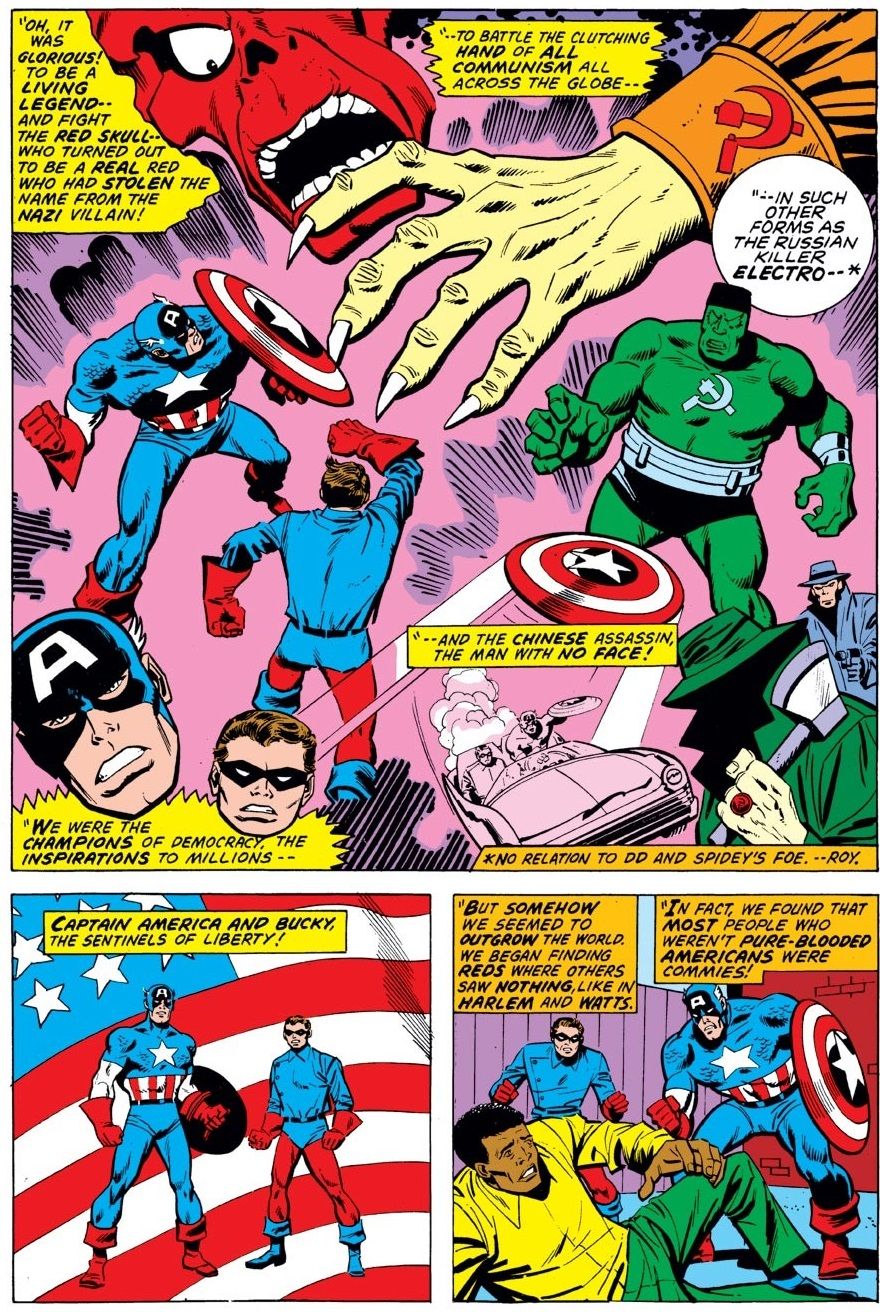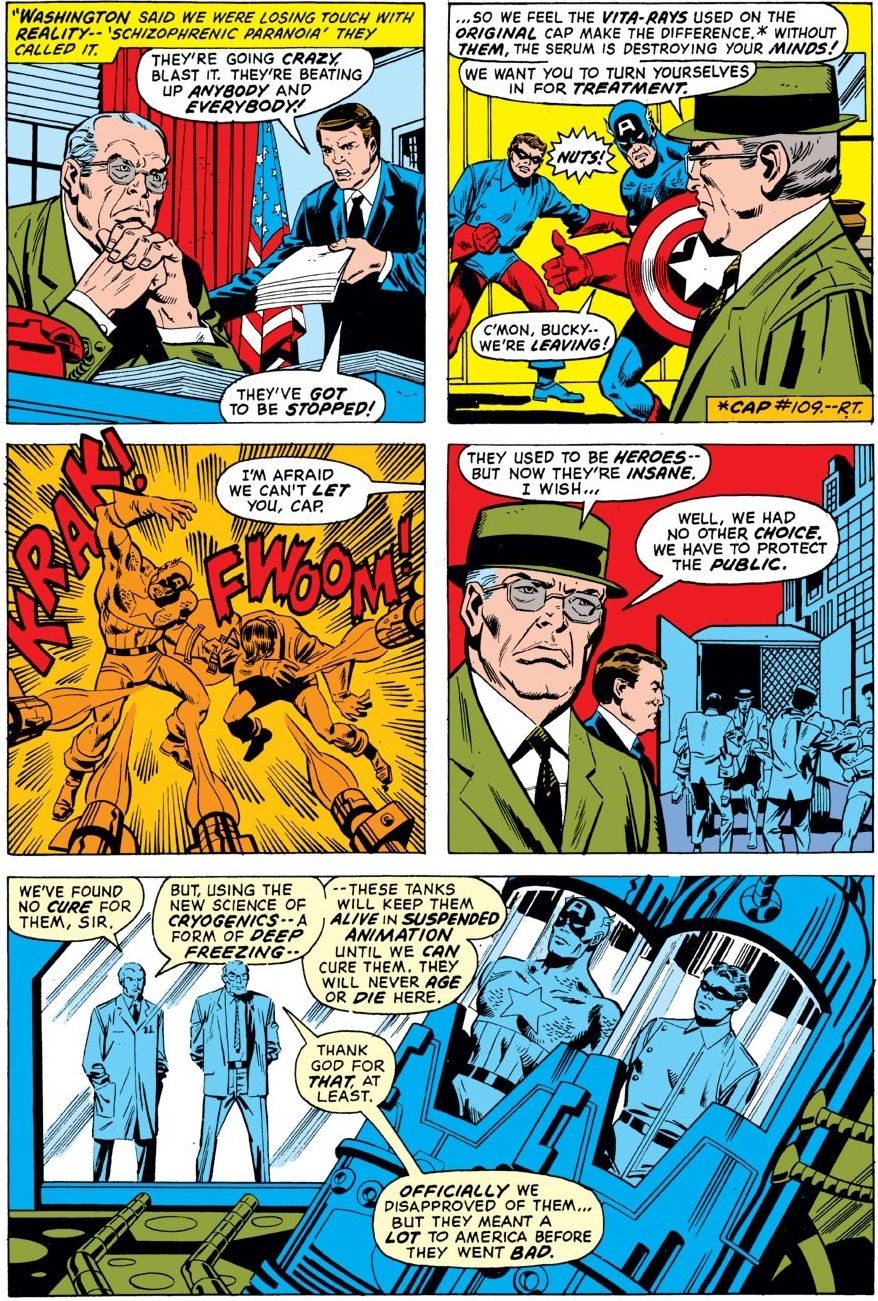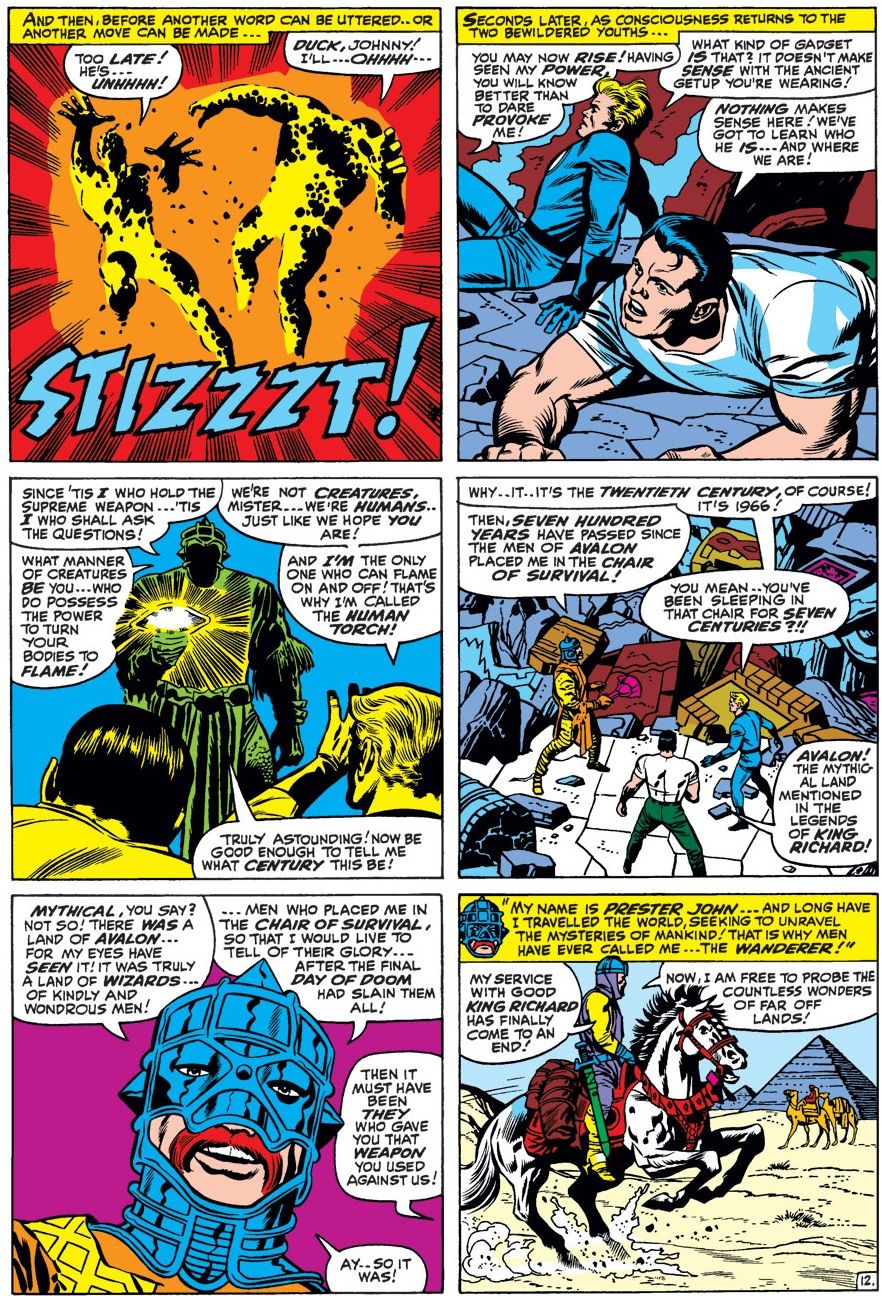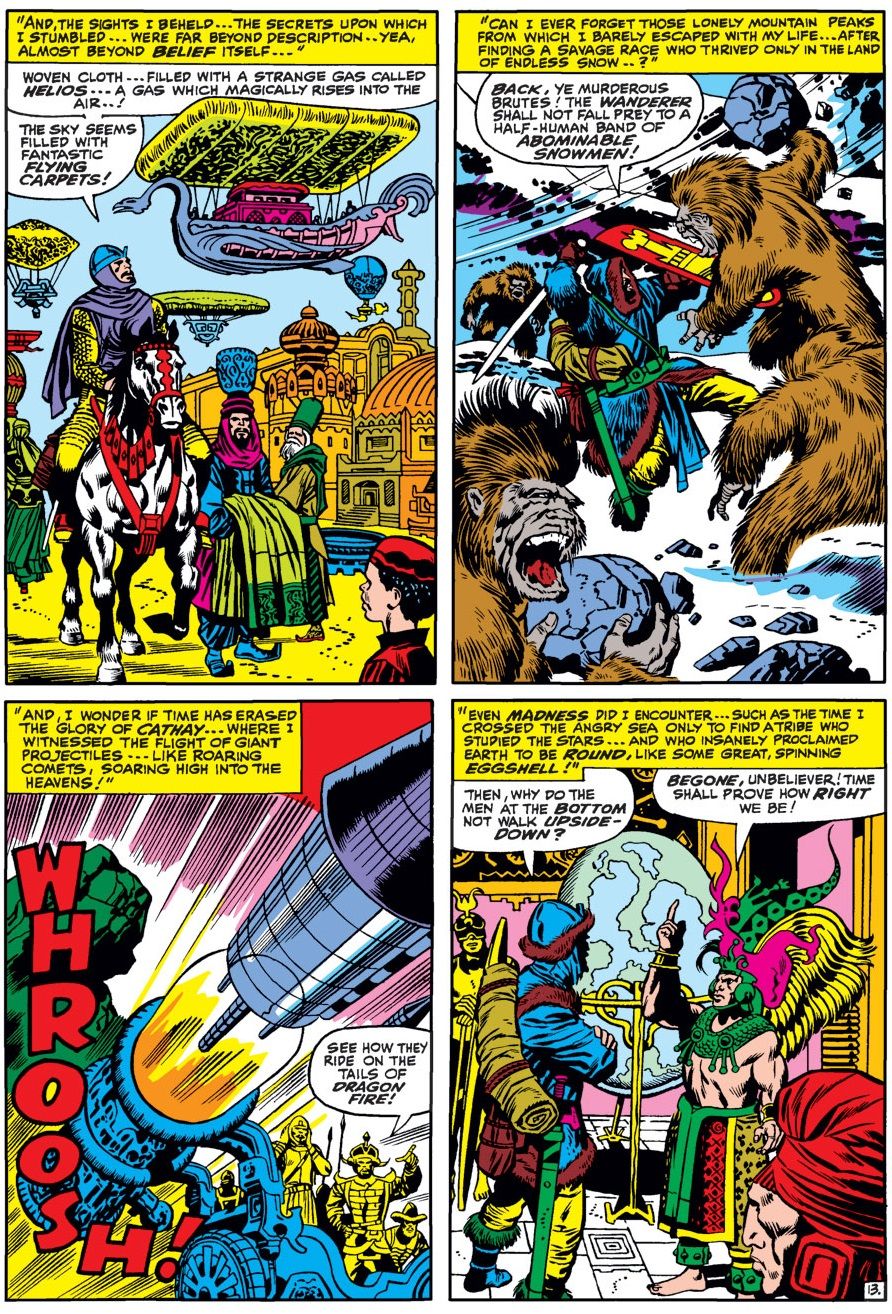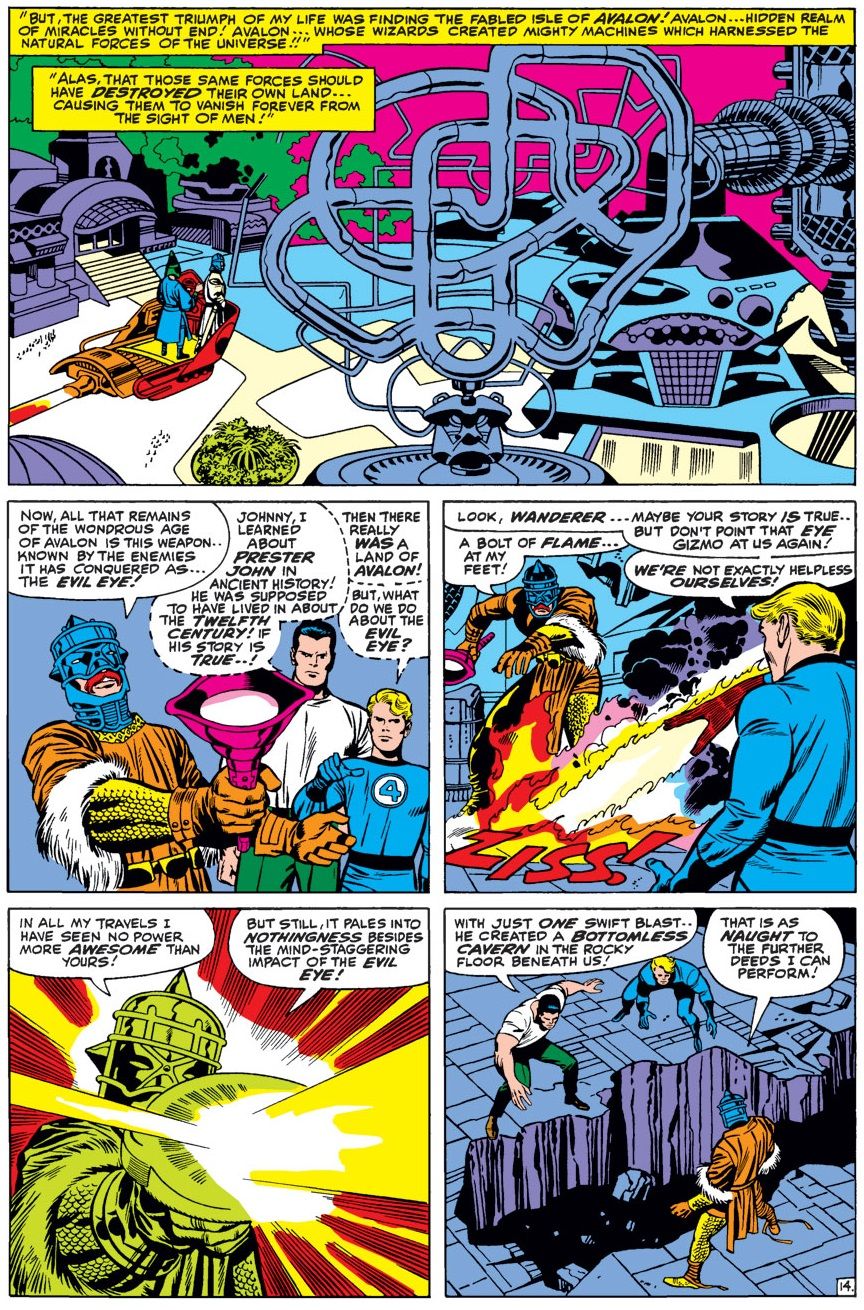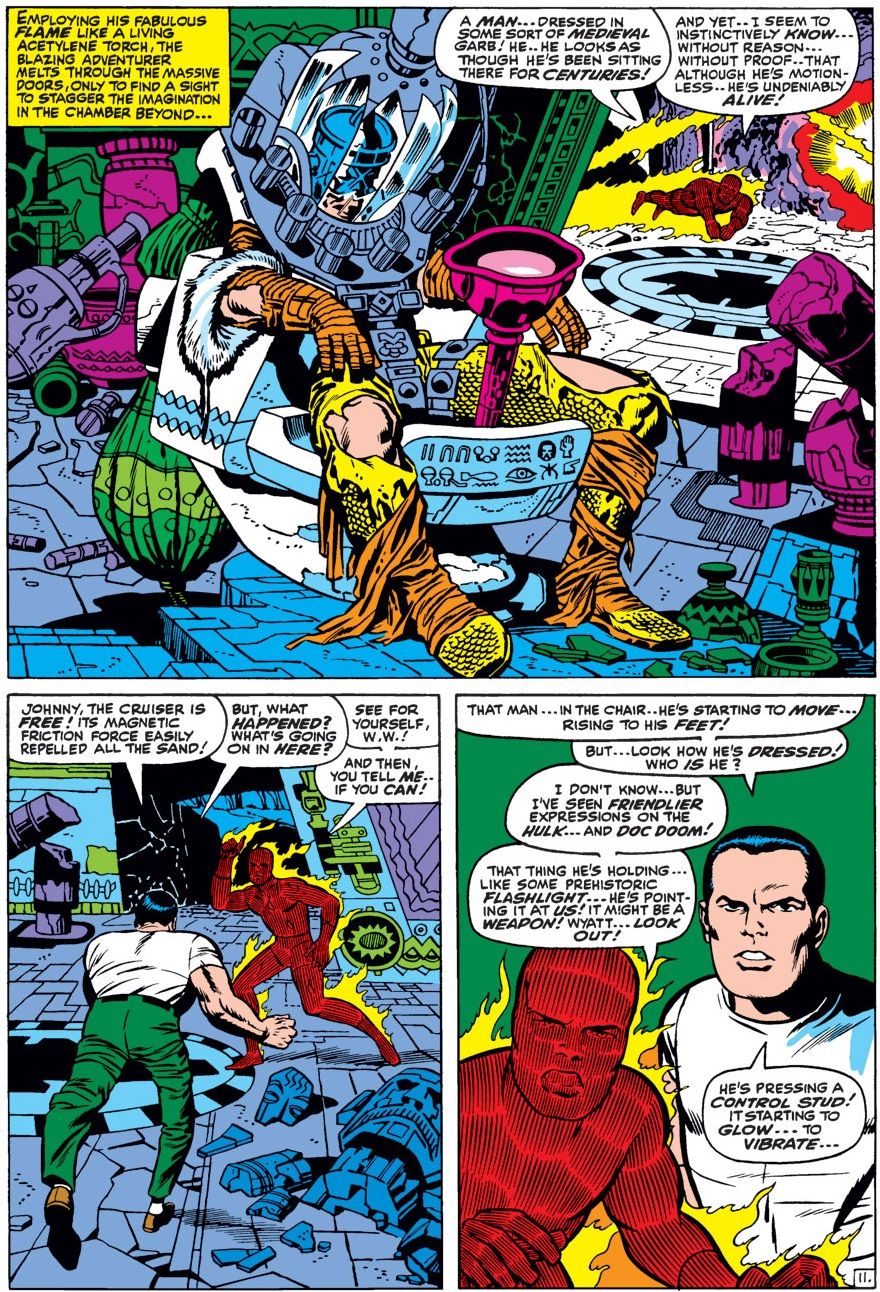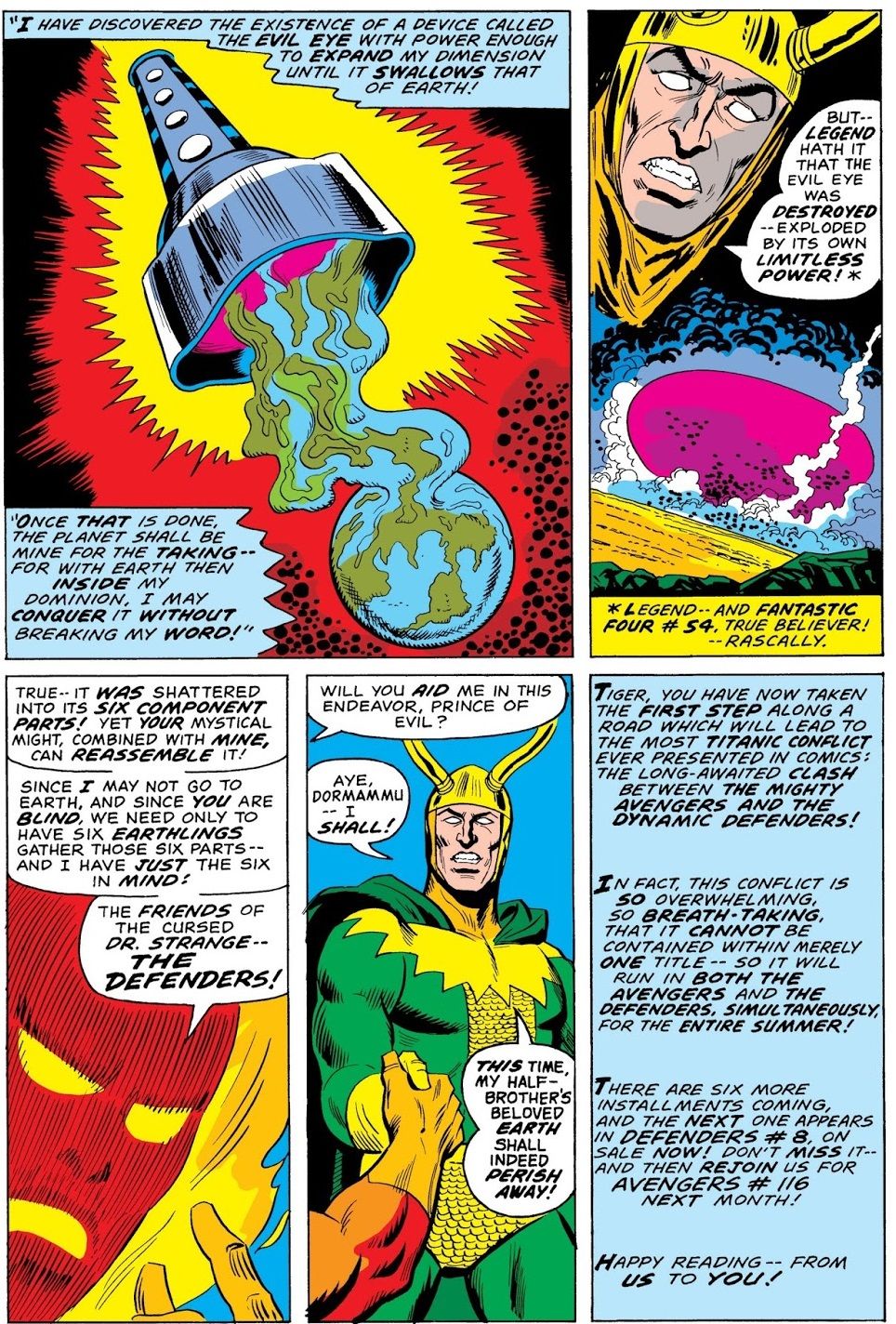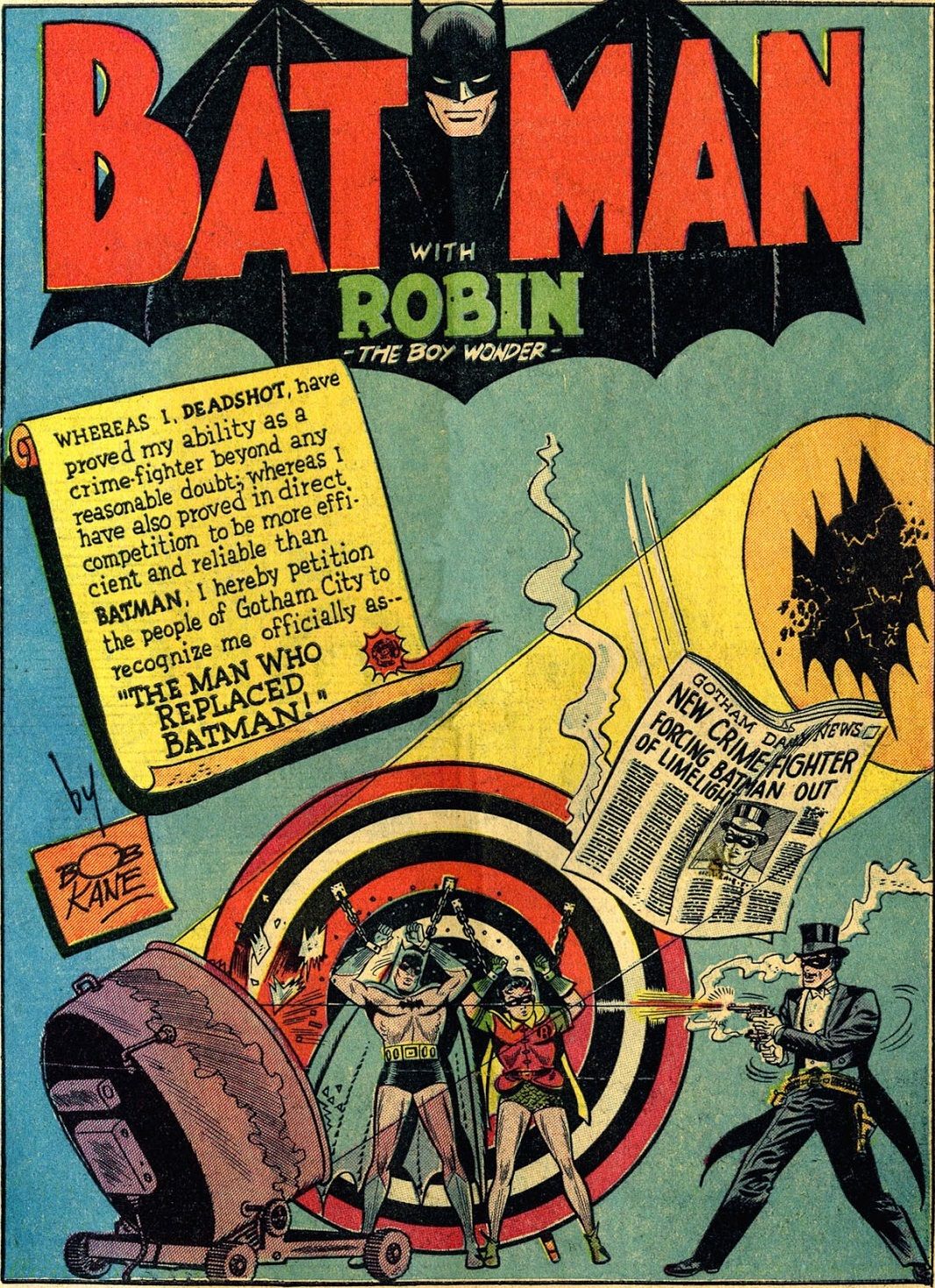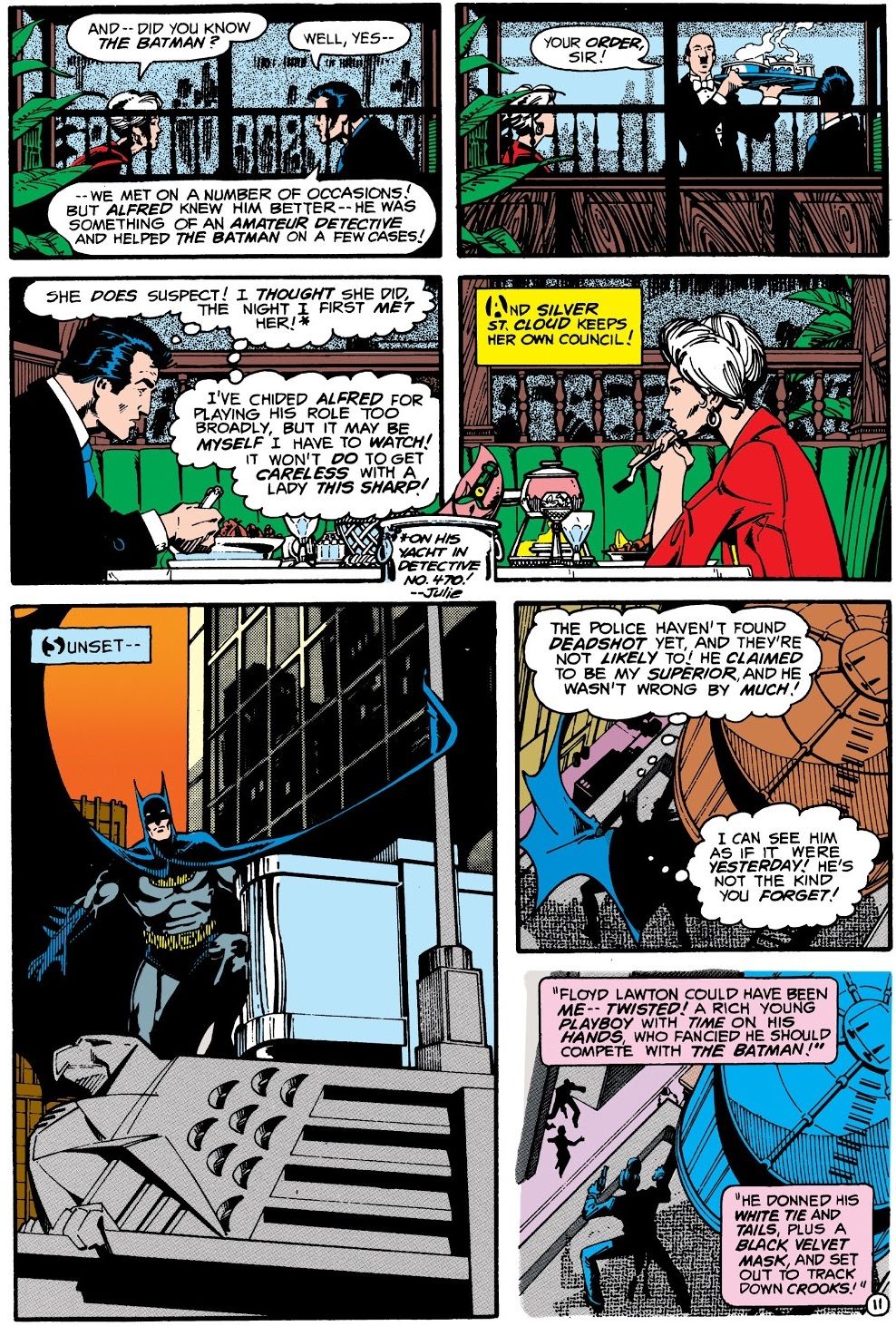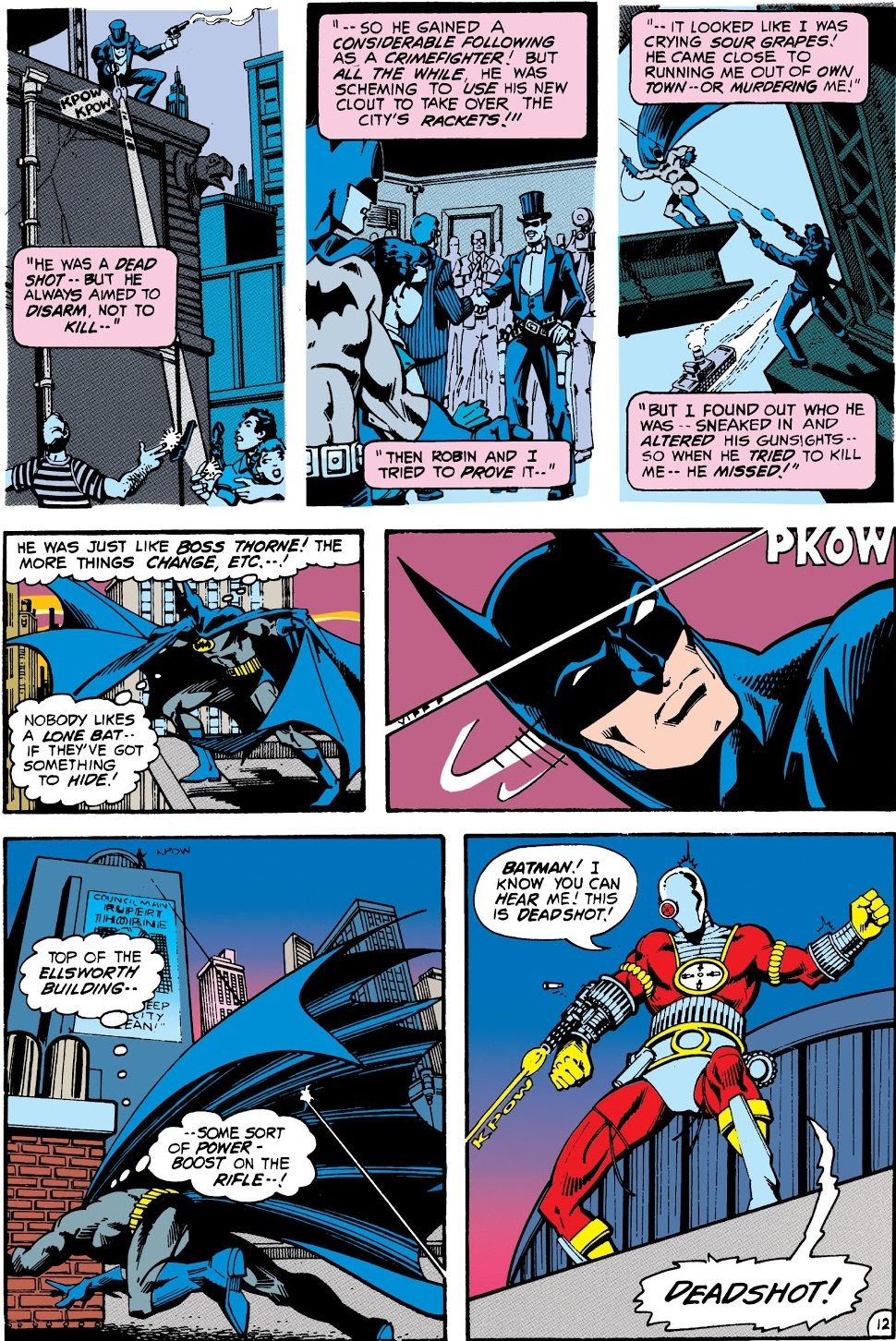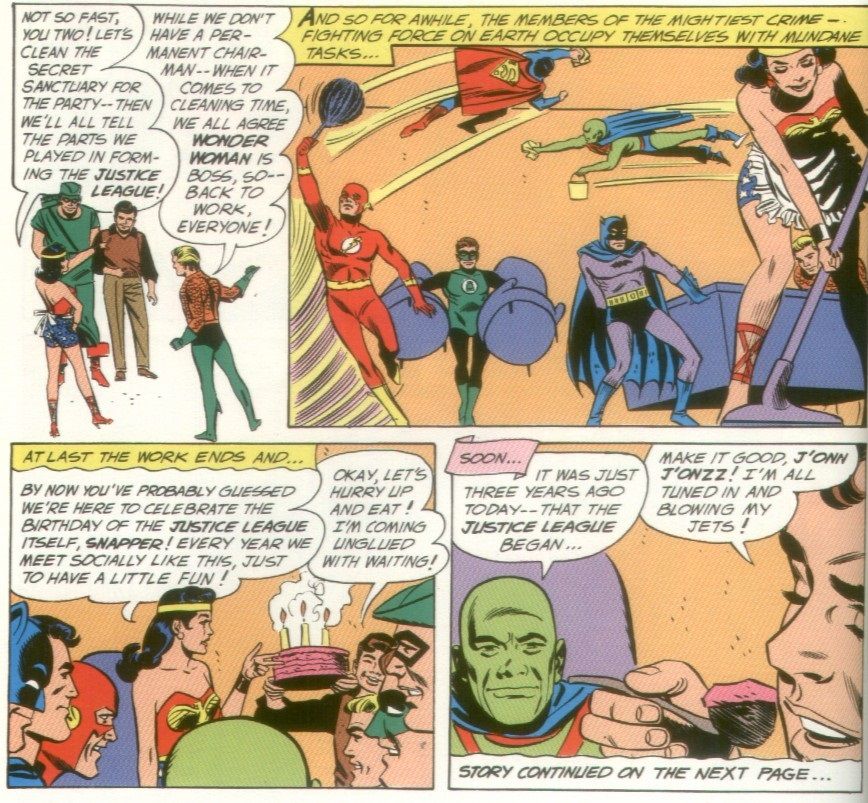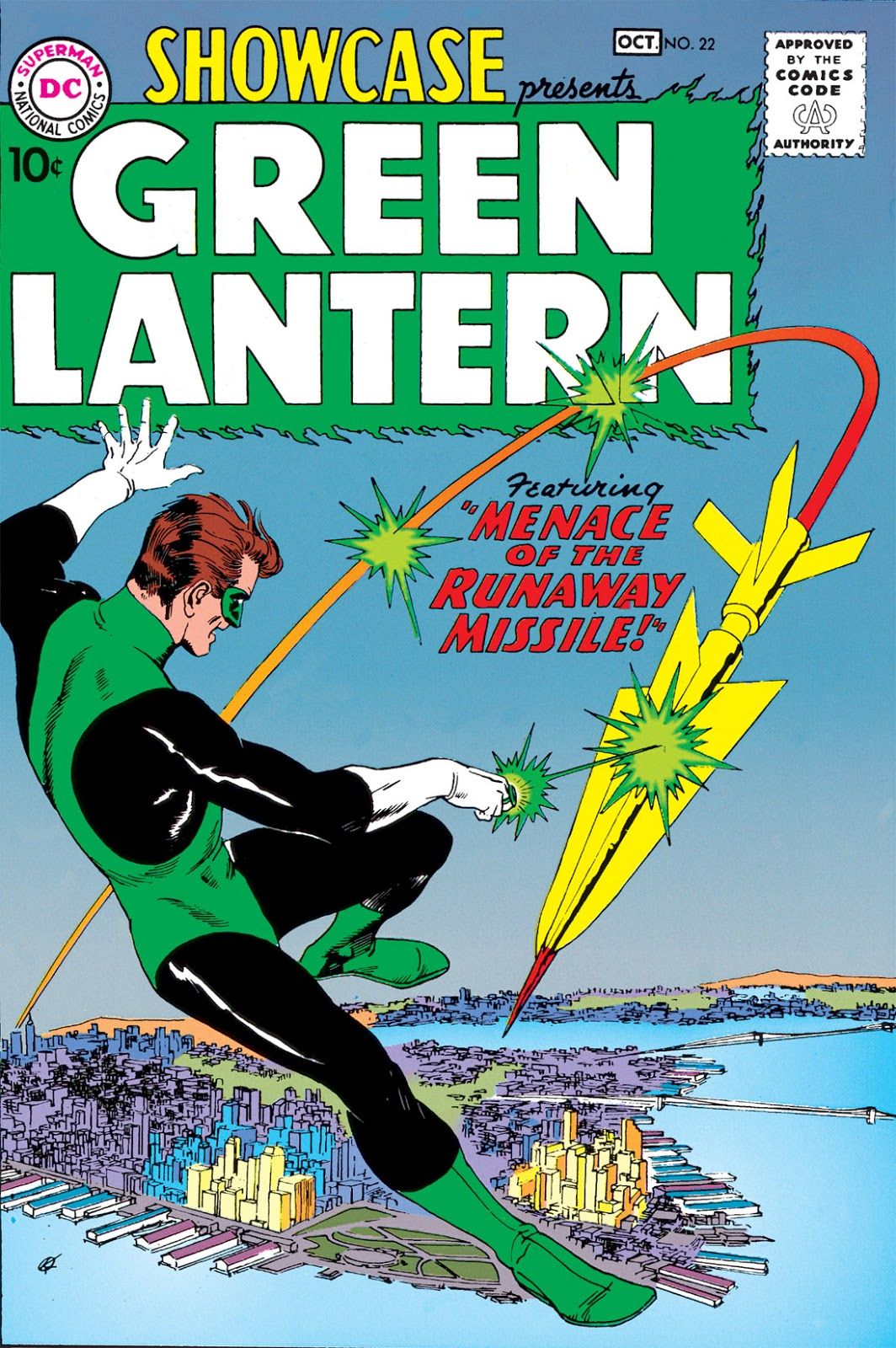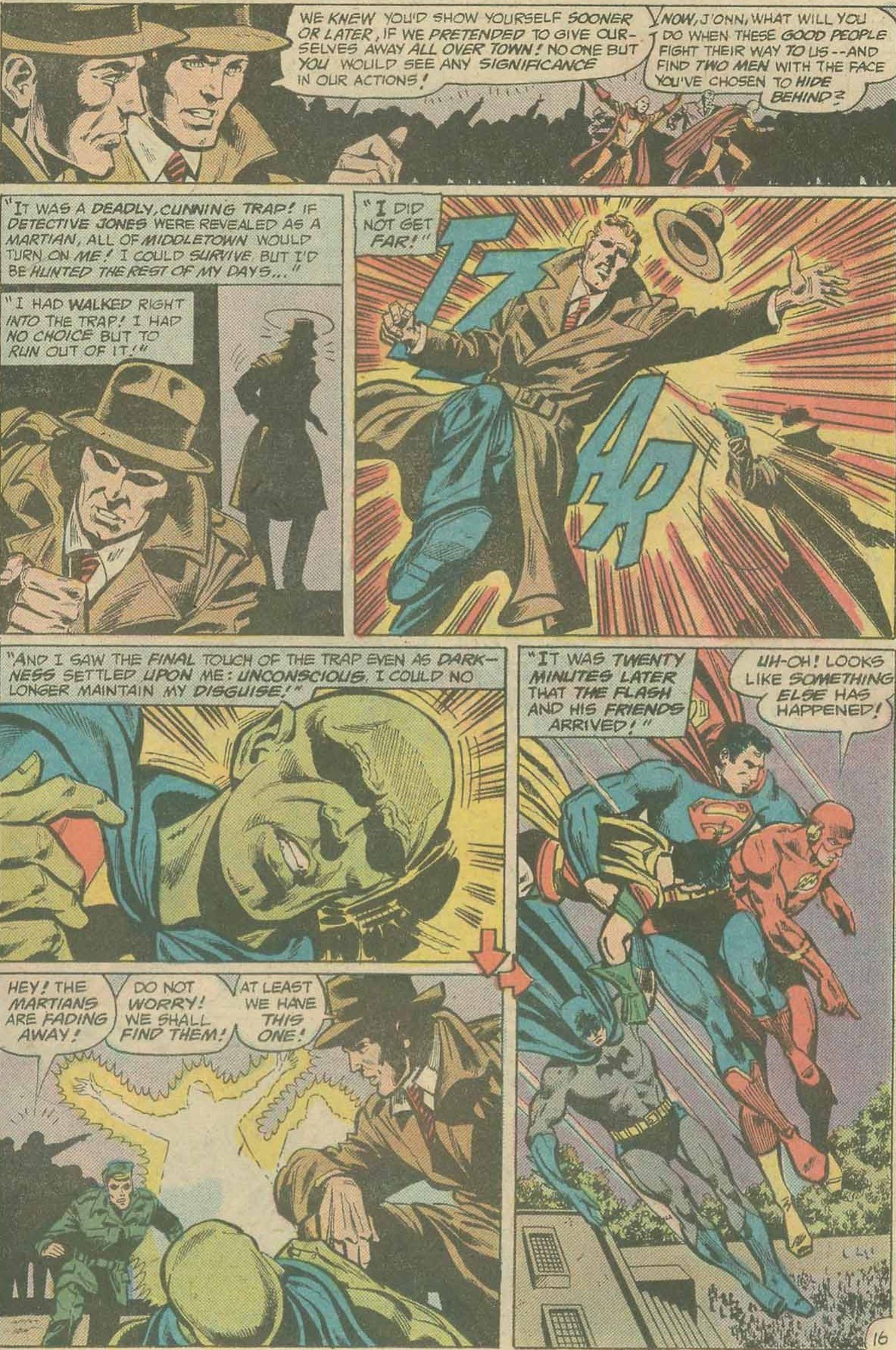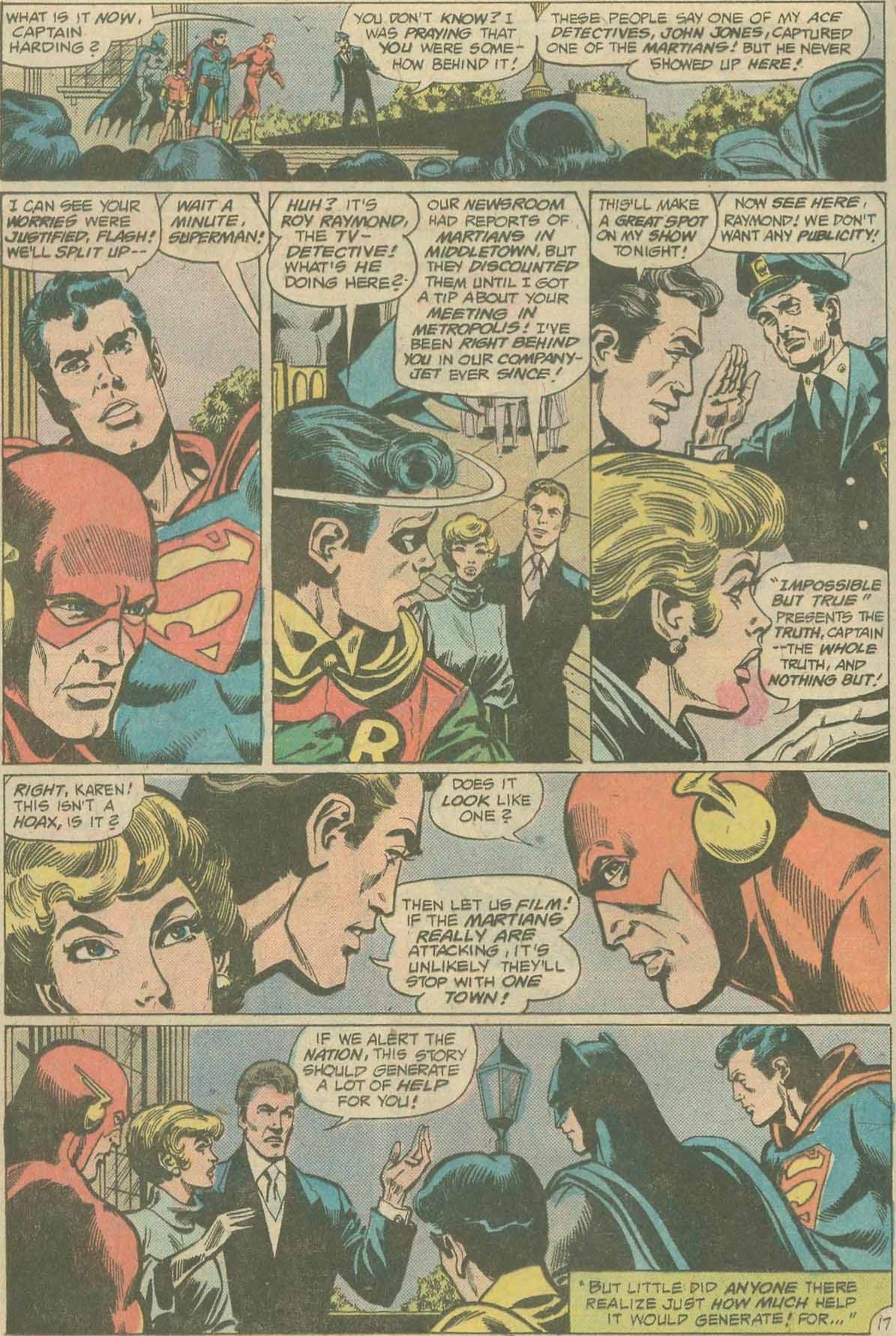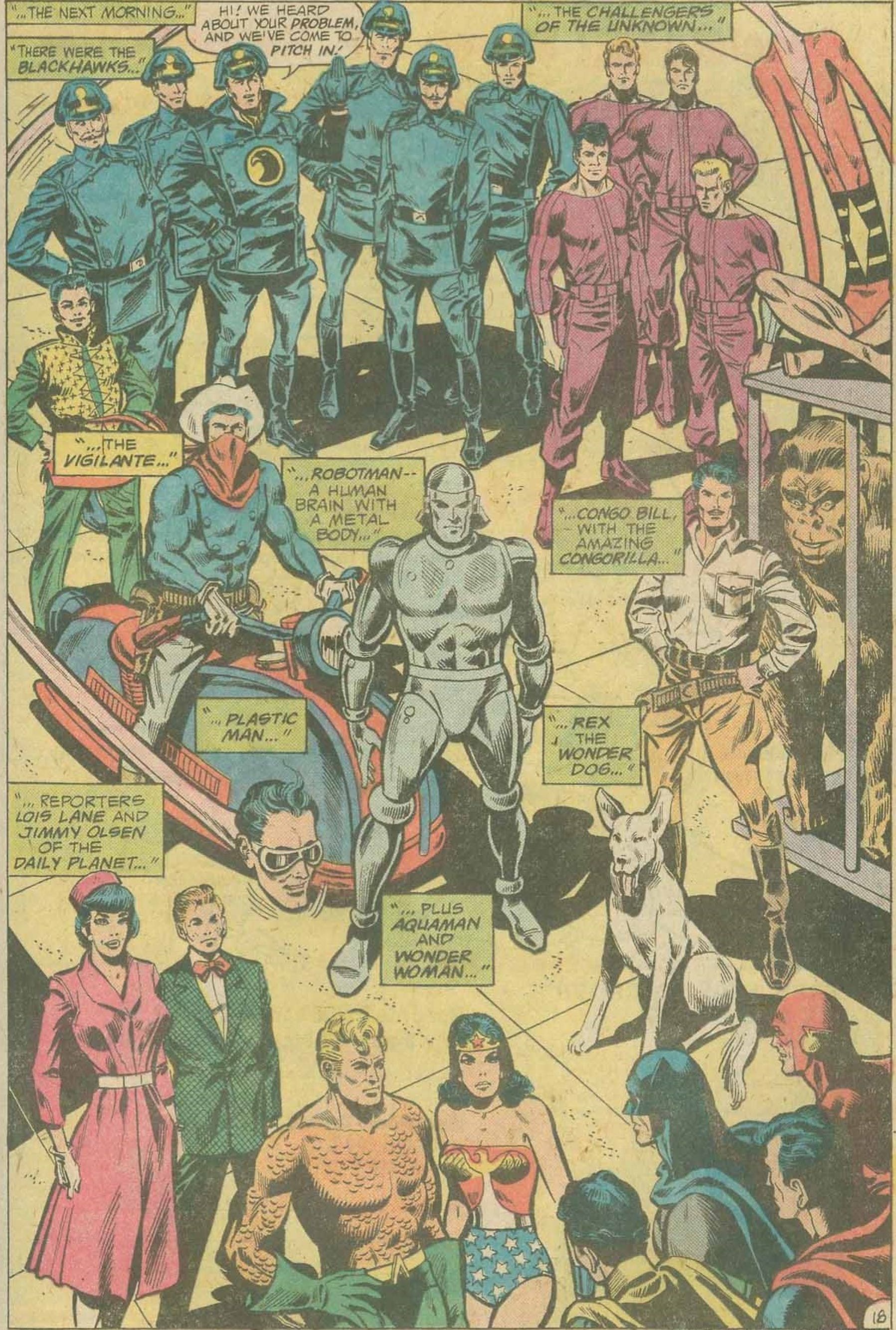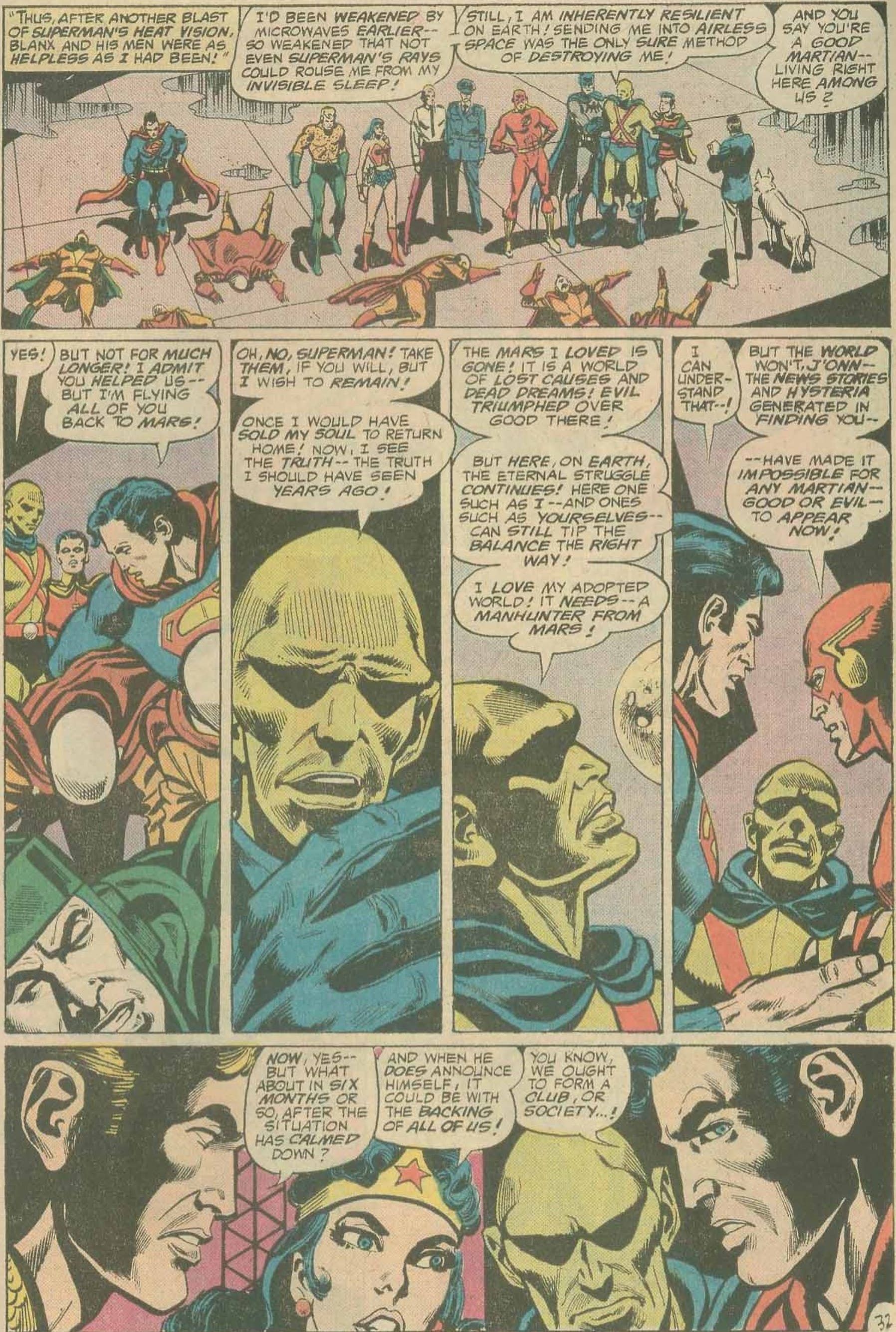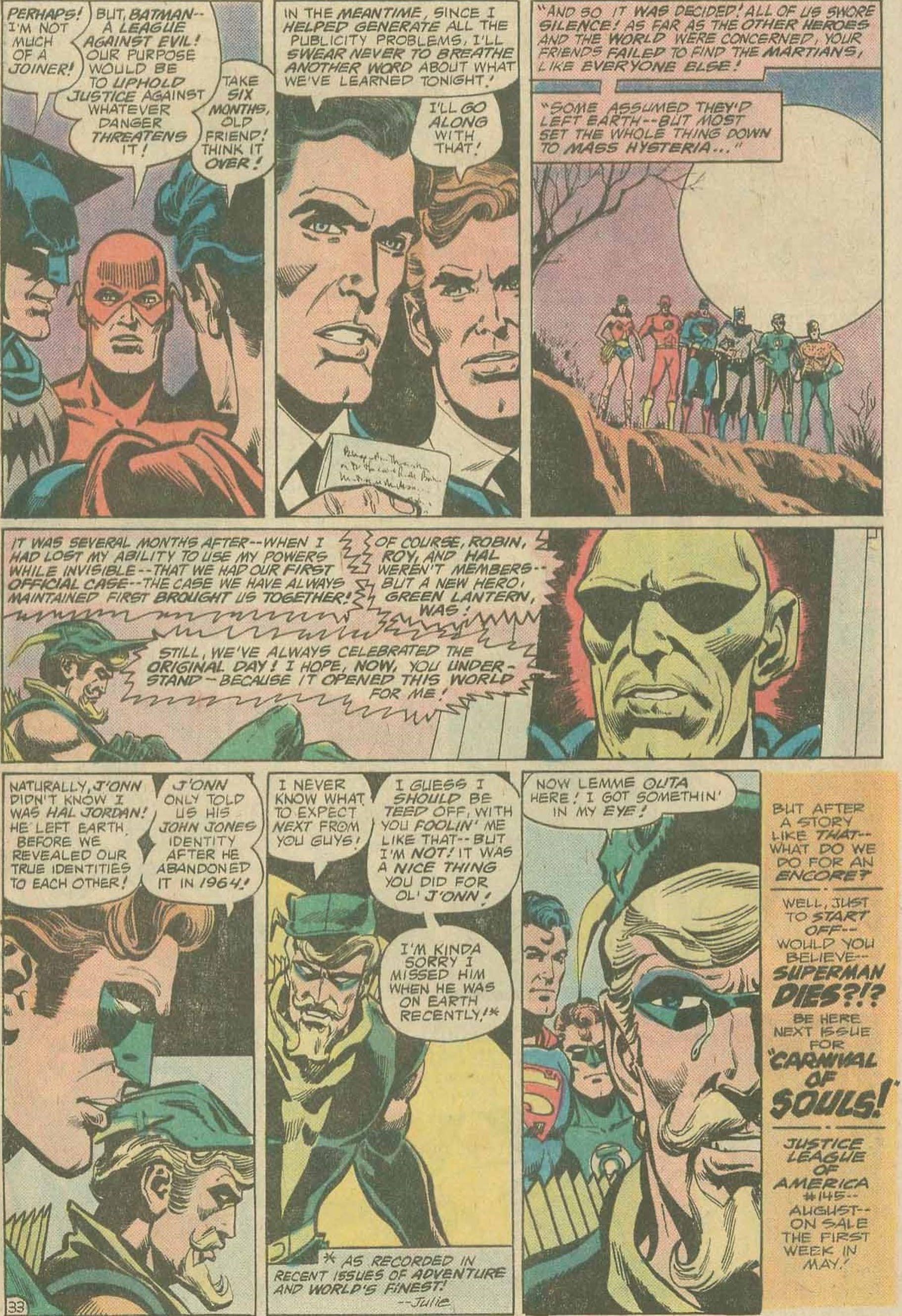In Drawing Crazy Patterns, I spotlight at least five scenes/moments from within comic book stories that fit under a specific theme (basically, stuff that happens frequently in comics). Note that these lists are inherently not exhaustive. They are a list of five examples (occasionally I'll be nice and toss in a sixth). So no instance is "missing" if it is not listed. It's just not one of the five examples that I chose.
Nowadays, there are comic book writers who are famous for their use of continuity in their comic books. Roy Thomas, of course, is perhaps one of THE most famous comic book writers when it comes to attention to comic book continuity. However, in the early days of his career, there was a comic book writer who was well known for plumbing the depths of obscure comic book history who is not really known for that sort of thing anymore and that is Steve Englehart. I believe Englehart has even explained the difference over the years, noting that it was a lot different when "comic book history" meant AT MOST thirty-five/forty years, but more normally was just the past decade or so. Once enough time went past, Englehart stopped relying on comic book history quite as much.
In those early years, the first five years of his career or so, though, Englehart often tied in obscure comic book history into his stories and he really made it WORK. Here are five examples of how Englehart did this sort of thing.
CAPTAIN AMERICA - COMMIE SMASHER!
In the early 1950s, Marvel revived Captain America to give him a try as an anti-Communist superhero...
Obviously, when Jack Kirby and Stan Lee brought Captain America back in 1964, they just ignored those 1950s stories. Englehart, though, decided to address them during his Captain America run by revealing in Captain America #155 (art by Sal Buscema, John Romita and Frank McLaughlin), in 1955, that the "Commie-smashing" Captain America was a whole other person filling in while Cap was presumed dead. Unchecked, though, this Captain America went past being anti-Communist and just became essentially a fascist himself...
THE EVIL EYE RETURNS!
In Fantastic Four #54 (by Jack Kirby, Stan Lee and Joe Sinnott), we met Prestor Jon and the Evil Eye...
The character wasn't exactly the most memorable of characters, but Englehart recalled him and made the Evil Eye the central MacGuffin in the Avengers/Defenders War (as shown here in Avengers #115 by Englehart, Bob Brown and Mike Esposito)...
HUGO STRANGE RETURNS!
After appearing in a few different stories (including a memorable one in Batman #1), Hugo Strange was finally killed off "for good" in 1940's Detective Comics #46 (by Bill Finger, Bob Kane, Jerry Robinson and George Roussos)...
Over thirty years later, though, Englehart brought him back in Detective Comics #471 (art by Marshall Rogers and Terry Austin)...
DEADSHOT RETURNS!
In 1950's Batman #59 (by David Vern, Lew Schwartz and Charles Paris...along with a little bit of Bob Kane mixed in there), Deadshot made his first and what everyone assumed would be his only appearance...
25 years later, Englehart found himself shy one script on his Detective Comics run due to delays, so he went through Batman's history and plucked out Deadshot and Marshall Rogers gave him an awesome looking new costume in Detective Comics #474 (inks by Austin)...
AN INCONSISTENCY IN THE JUSTICE LEAGUE'S ORIGIN EXPLAINED!
In 1961's Justice League #9 (by Gardner Fox, Mike Sekowsky and Bernard Sachs), the Justice League celebrate the third anniversary of the formation of the team...
However, there is a bit of a snag there. Hal Jordan was obviously part of the Justice League from the beginning, but he did not debut until 1959's Showcase #22!
So Hal couldn't have been there three years before 1961!
Therefore, in Justice League of America #144, Englehart, Dick Dillin and Frank McLaughlin showed how the League REALLY formed six months earlier, in response to a Martian invasion that brought in all of the heroes of 1958!
The end result was an old-fashioned, awesome "Throw everything in but the kitchen sink" adventure story (it was an extra-sized story, as well - 33 pages long, so Englehart really got a WHOLE lot of cool stuff into the comic) that ended with the invasion repelled, but the heroes worried about anti-Martian sentiment...
There is NO reason that a story explaining such a minor plot point would turn out to be so much fun, but it happened!
If people can think of five MORE examples, I could do a sequel to this one! Feel free to drop me a line at brianc@cbr.com if you have ideas for more Englehart ones or ideas for future Drawing Crazy Patterns installments!

